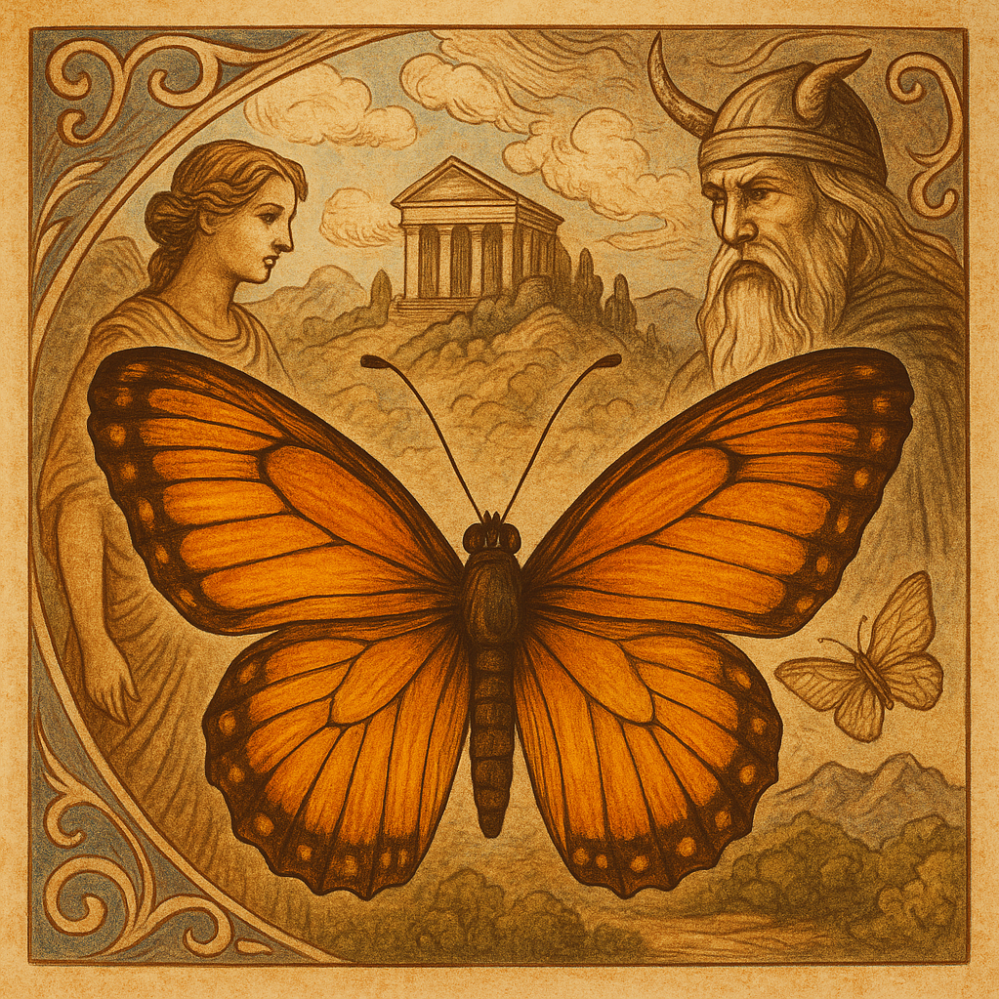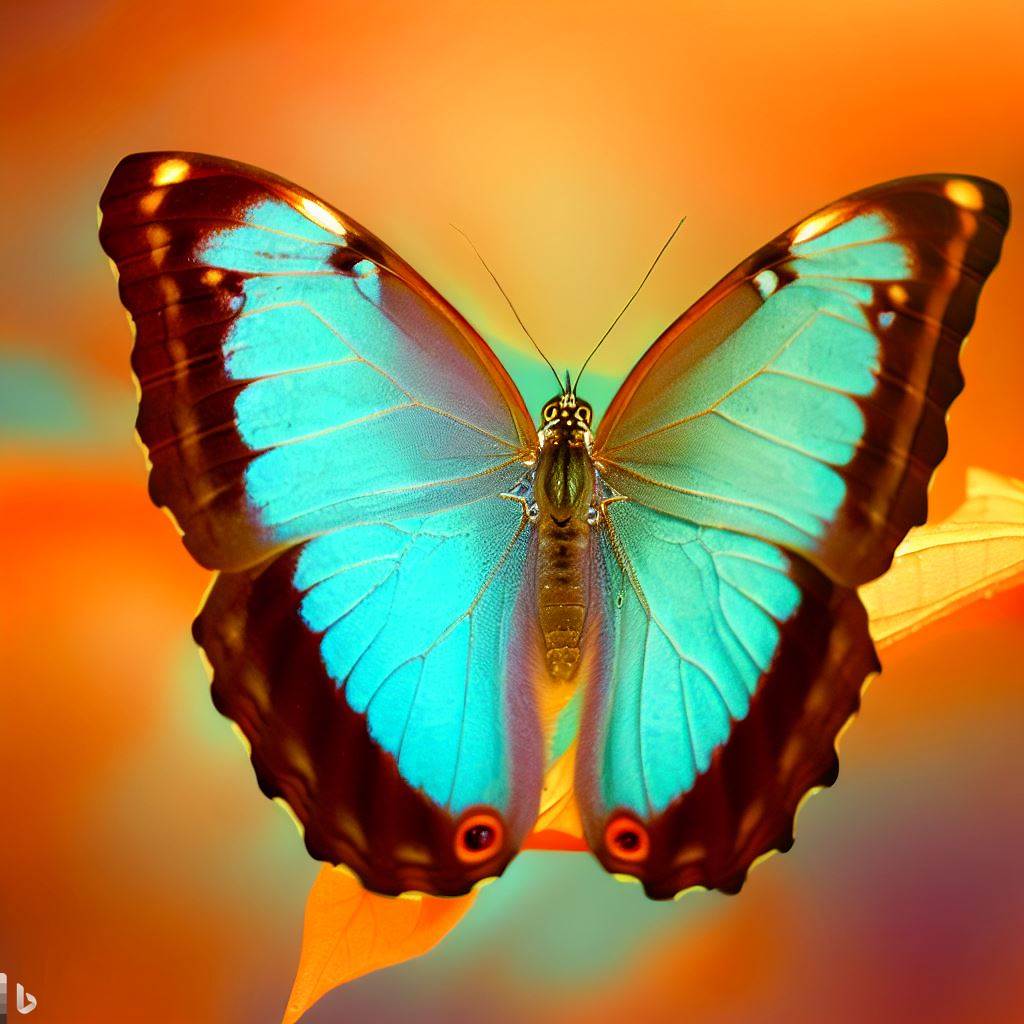Latest Posts
-

Butterfly Myths And Legends
Butterflies have always stirred the imagination, fluttering their way into countless myths and legends across the world’s cultures. They’re those little jewels of nature that flash in the sunlight, capturing attention and sparking stories wherever they go. But what is it about these delicate creatures that make them such a wellspring of mythological inspiration? Throughout…
-

How To Make Money Within The Butterfly Niche
Are you interested in earning money while exploring the fascinating world of butterflies? This guide explains how you can build an income in the butterfly niche by promoting products and services related to butterflies and nature. With a clear plan and steady effort, you can create a rewarding online business. The Math Behind Earnings…
-

The Role Of Zoos In Butterfly Conservation
Butterflies are more than just colorful eye-candy fluttering around. They play a crucial role in pollination and are important indicators of environmental health. However, their numbers are dropping, and fast. The reasons for this decline are varied. Habitat loss is a big one. As forests and natural meadows shrink or disappear due to urban development,…
